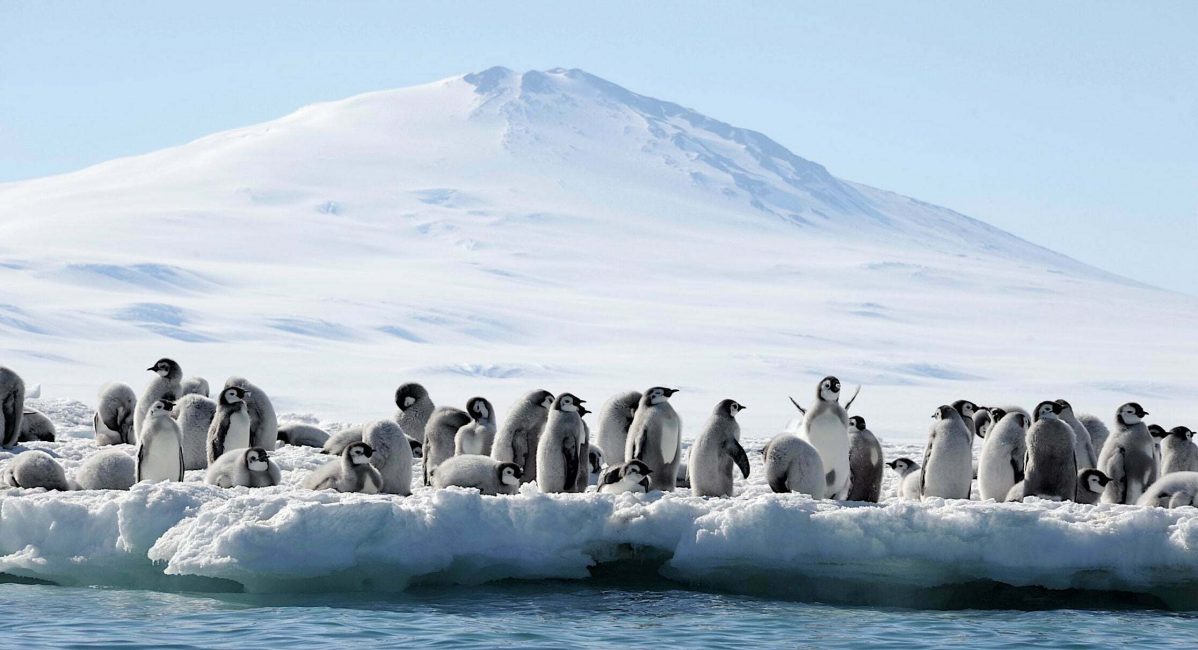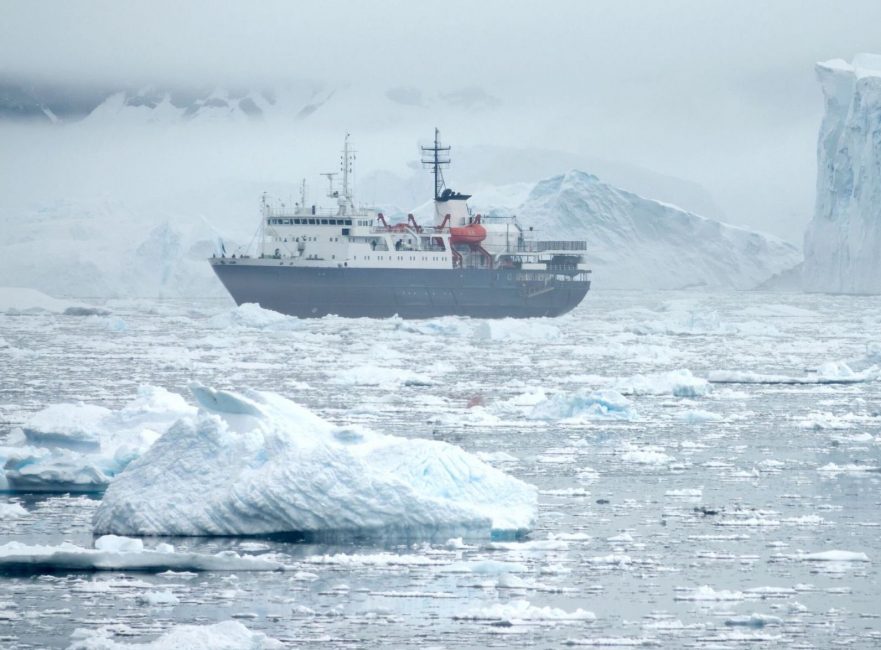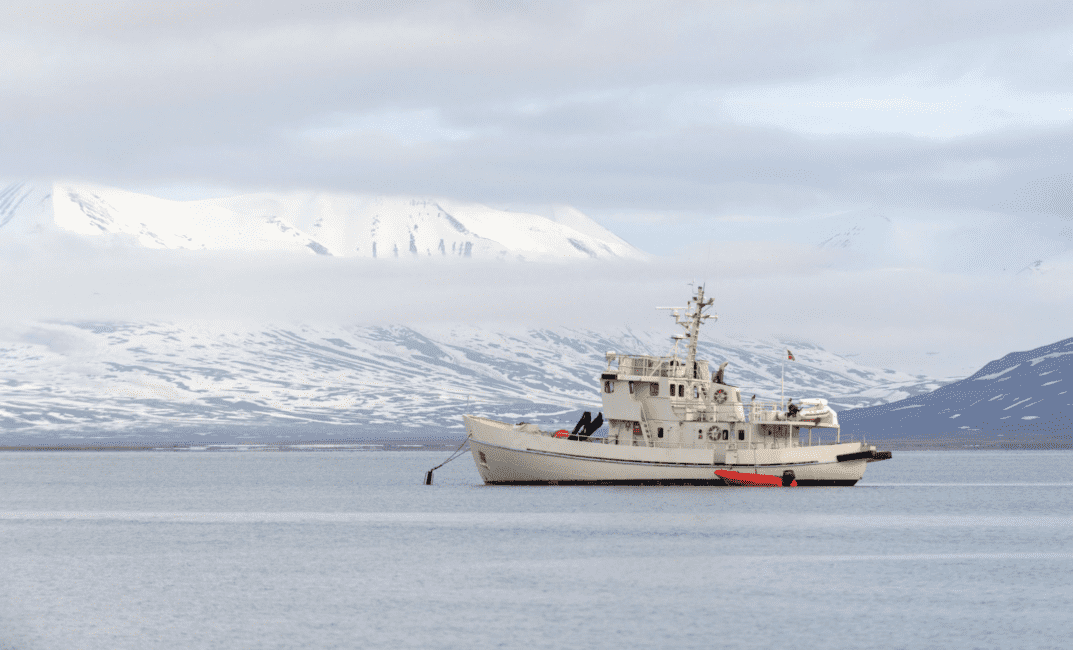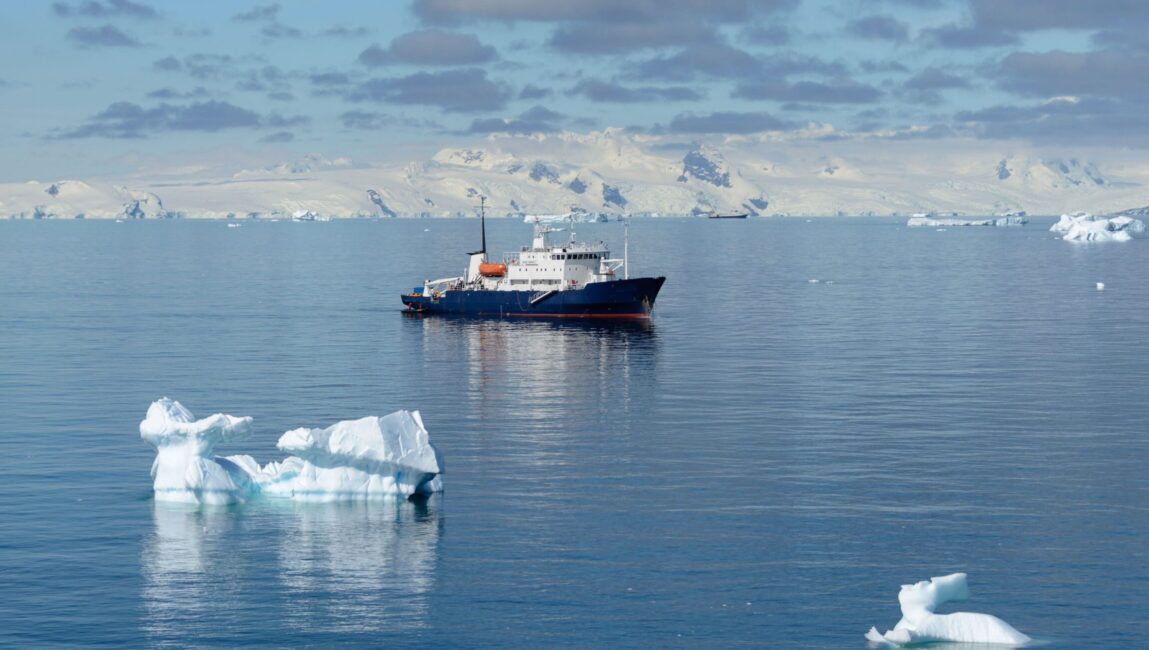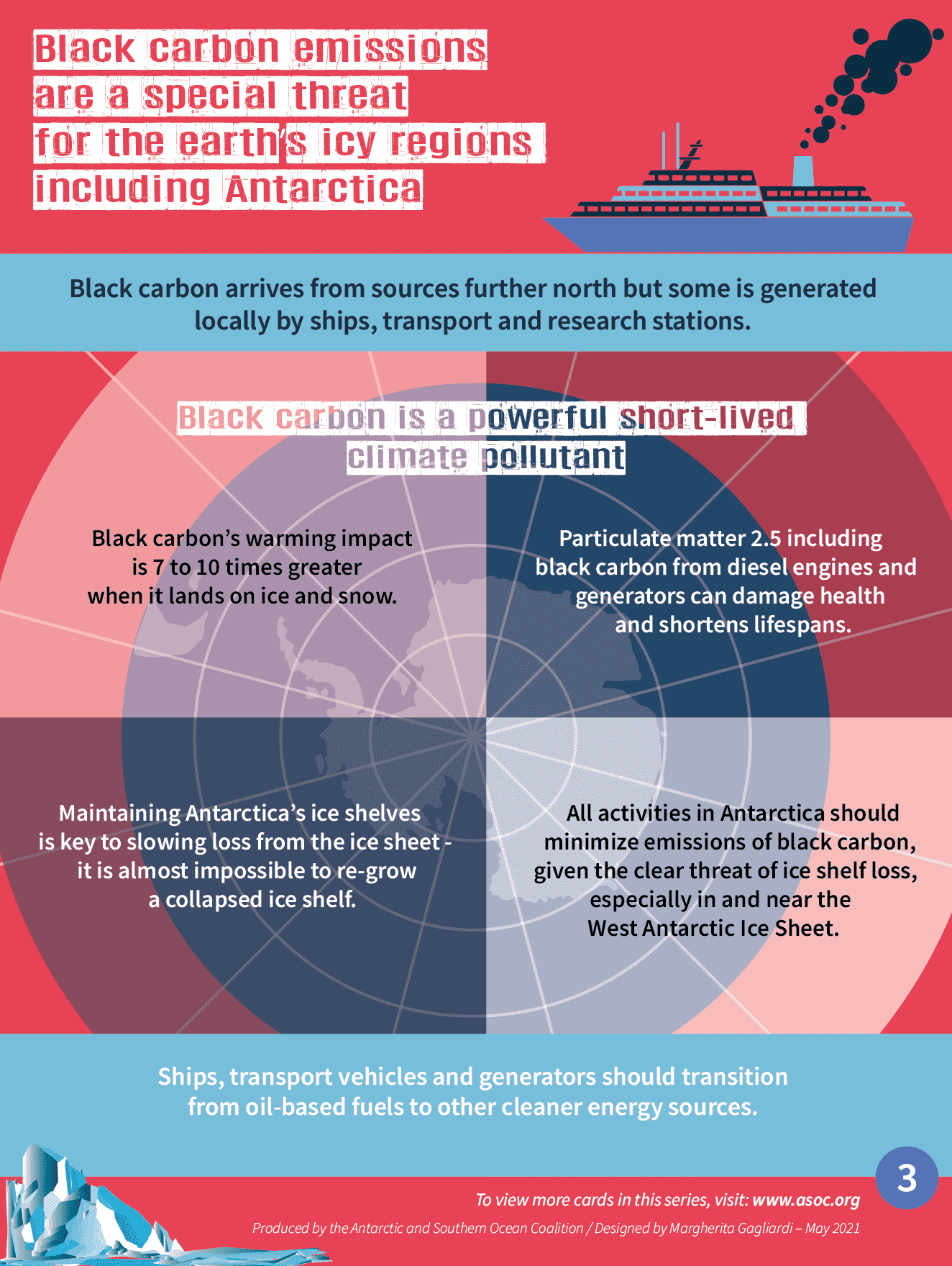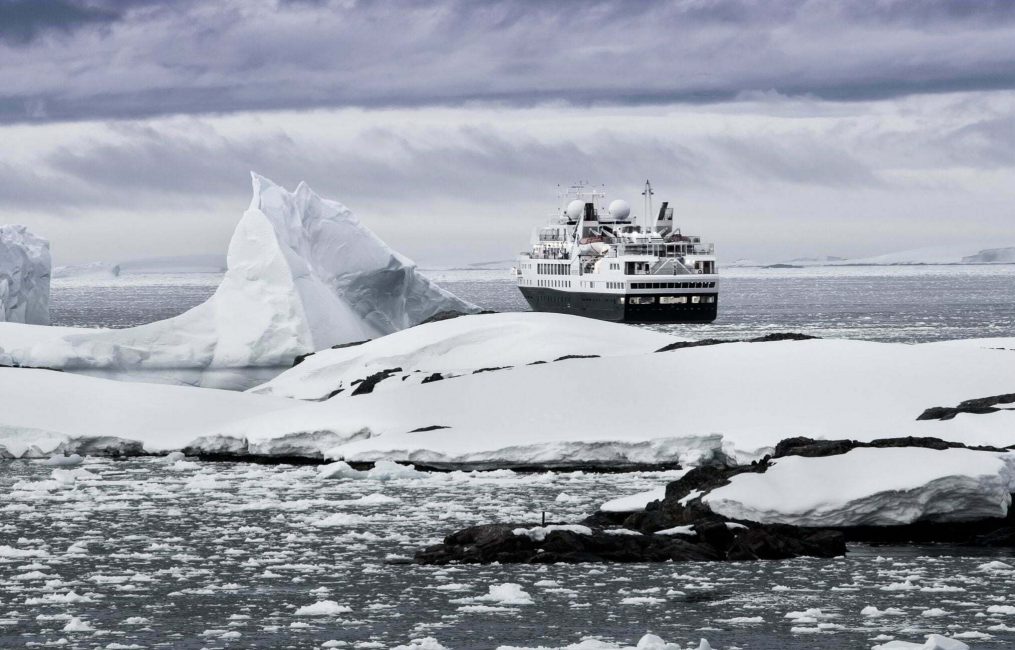Polar Code
As shipping in the polar regions increases, a robust Polar Code is essential to prevent accidents, incidents and irreversible damage to fragile polar ecosystems.
Join ASOC as we push for the strongest possible protections for the Southern Ocean, its ecosystems, and the people who work there.
What is the Polar Code?
POLAR CODE
The Polar Code is the first mandatory, international maritime agreement developed for the polar region. It aims to ensure safe shipping and avoid environmental damage in the remote and sensitive polar regions.
Adopted by the members of the International Maritime Organization (IMO) under the auspices of the United Nations, the Polar Code entered into force in January 2017.
The Polar Code introduced legally-binding safety and pollution-prevention measures for cruise ships and large cargo ships (over 500 gross tons) in polar waters.
What’s happening?
POLAR CODE
While ASOC welcomed the mandatory measures introduced in the Polar Code, there is still work to be done.
There are multiple gaps in the existing Polar Code. Untreated gray water can be legally dumped anywhere in the Southern Ocean, underwater noise is largely unregulated, and the mandatory safety measures within the Polar Code only apply to half of the vessels operating there.
As shipping traffic increases and industries such as Antarctic krill fishing and tourism continue to expand, there is also a growing risk of accidents and incidents that could cause harm to both humans and the environment.

POLAR CODE
We need a stronger Polar Code
The current Polar Code does not provide adequate protection for human lives or the polar environment.
Join ASOC as we push for safety measures for all forms of shipping in polar waters, including fishing vessels and pleasure yachts.
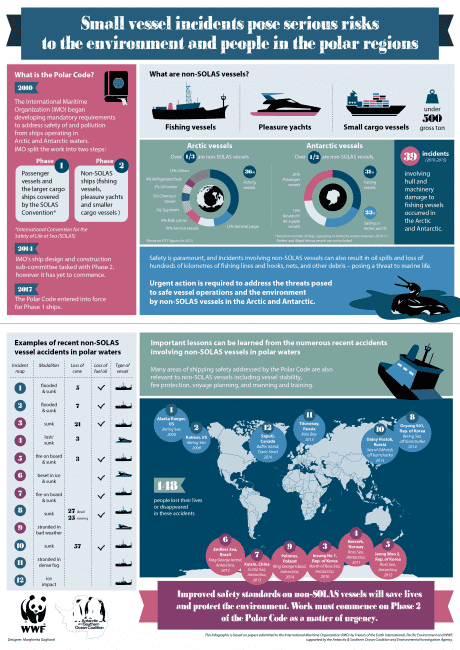
Smaller vessels need protection
POLAR CODE
The mandatory safety measures in the Polar Code cover ship design, construction, equipment, operational training, search and rescue and fire safety. However, when the Polar Code entered into force these measures only applied to cruise ships and large cargo ships (also known as SOLAS ships).
This left more than 50% of shipping traffic in the Southern Ocean at higher risk, including all fishing vessels, pleasure yachts and smaller cargo ships (non-SOLAS ships*). These vessels are particularly vulnerable to accidents in the polar regions, and have a much higher incidence of fatalities than SOLAS ships.
Extending these safety measures to non-SOLAS ships is a necessary second phase of the Polar Code to protect both human lives and the environment.
Learn more about the gaps and challenges facing the Polar Code in this briefing from Sian Prior, lead shipping advisor to ASOC.
*Non-SOLAS vessels are not covered by the SOLAS Convention (apart from Chapter V, which concerns navigation).
Strengthening the Polar Code
POLAR CODE
Since 2015 ASOC, as a member of the Friends of the Earth International (FOEI) delegation to the IMO*, has been working to highlight the importance of implementing phase 2 of the Polar Code.
Between 2016 and 2019 ASOC regularly reported on accidents and incidents in the polar regions, maintaining pressure on IMO Members to introduce mandatory, legally-binding safety measures for non-SOLAS vessels (fishing vessels, pleasure yachts and small cargo vessels) in Antarctic waters.
Download small vessel incidents infographic.
*Other environmental non-governmental groups, which ASOC and FOEI collaborated with on this work include Pacific Environment, the Environmental Investigation Agency (EIA), and the World Wildlife Fund (WWF).
Progress on the Polar Code
POLAR CODE
Through the efforts of ASOC and with the support of several polar countries, most notably New Zealand, Canada and Iceland, two new sets of voluntary safety guidelines have now been established for non-SOLAS vessels. Adopted by the IMO in 2021, they should be applied to fishing vessels and pleasure yachts operating in polar waters.
ASOC advocates for these voluntary guidelines to be made into mandatory regulations. This will ensure consistent adoption among all vessels and allow Antarctic Treaty parties and flag states to enforce compliance.
New mandatory safety provisions
POLAR CODE
In addition to new voluntary safety guidelines for non-SOLAS vessels, in June 2023 the IMO adopted mandatory provisions on safe navigation and voyage planning for all non-SOLAS vessels.
These will take effect from January 2026, securing a higher level of safety for all vessels in the Southern Ocean, and reducing the likelihood of a critical incident requiring hazardous search and rescue efforts.
Read more about why we still need to strengthen the Polar Code in this article by Dr Sian Prior, lead shipping advisor to ASOC.
POLAR CODE
What ASOC is doing
ASOC continues to participate in international meetings where the Polar Code is on the agenda. We present decision-makers with policy papers backed by the best available science, advocating for strong protective measures and their harmonized implementation.
Current areas of focus for ASOC include:

Carbon emissions and black carbon
If global shipping was a country it would be ranked fifth or sixth globally for CO2 emissions, alongside Germany and Japan (2023).

Waste-water disposal
ASOC supports a ban on discharge of untreated black water (sewage) and gray water (bath, shower, laundry and galley water).

Preventing invasive species
ASOC supports measures to prevent the introduction of non-native species via discharges of ballast water and fouling on vessel hulls.

Preventing pollution
ASOC supports mandatory provisions to reduce underwater noise pollution, and stronger regulations to prevent pollution from marine and micro plastics, such as those found in gray water and antifouling paints as well as in abandoned, lost and discarded fishing gear (ALDFG).

Underwater noise
Many marine animals rely on sound to survive, using it to communicate, find food, avoid predators, and navigate. Underwater noise from shipping is increasingly recognized to have a significant impact on marine wildlife, causing stress and reducing their resilience to other threats.
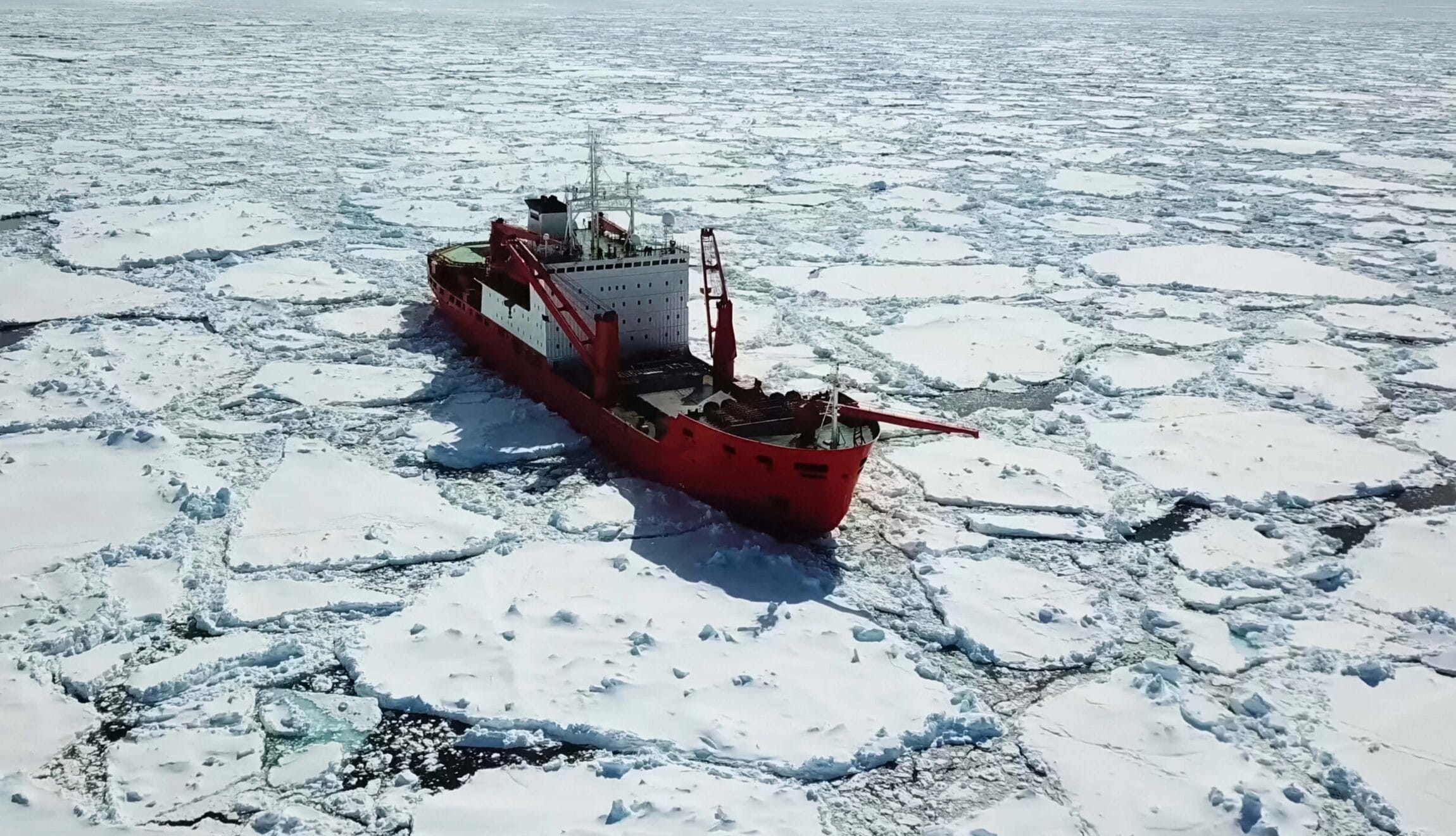
POLAR CODE
Into the future
Each year we are making progress towards a safer Polar Code.
Join ASOC as we continue to advocate for the strongest possible protections for the Southern Ocean, its ecosystems and the people who work there.
Polar Code
ADDITIONAL RESOURCES
Keep learning about the Polar Code at the links below.
 ASOC
ASOC

